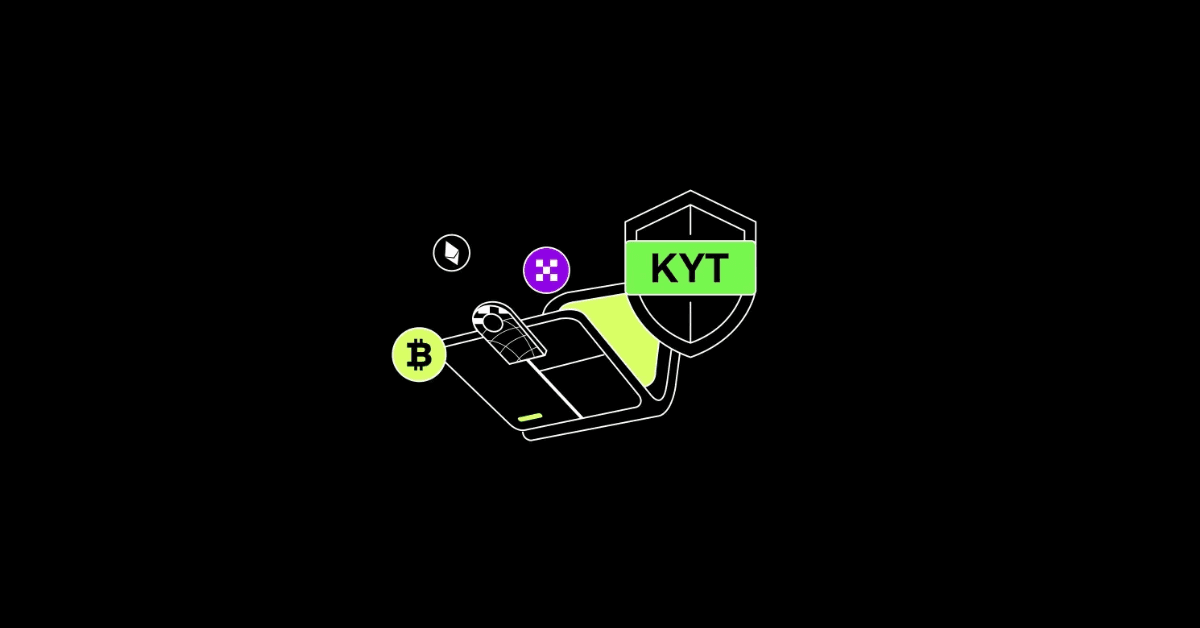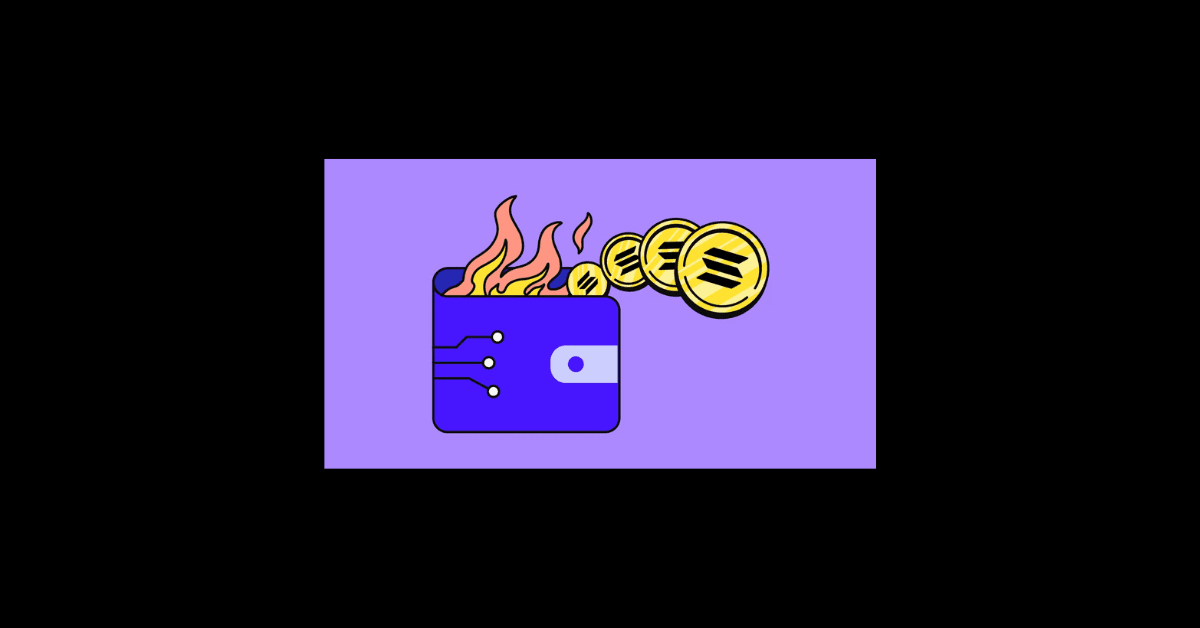Investors often find it hard to distinguish between shakeouts and unloading phases. Misjudging these market phases can lead to significant losses. This article will explain the differences between shakeouts and unloading, highlight common shakeout patterns, and provide tips to make better decisions during these times.
Shakeouts vs. Unloading: Key Differences
Understanding the difference between shakeouts and unloading is essential for smarter trading. Here’s a simple breakdown:
Shakeouts
- Price Movement: Prices drop temporarily but recover quickly. The overall trend remains upward.
- Purpose: To scare weak investors into selling so stronger hands can accumulate assets at lower prices.
- Volume: High trading volume during shakeouts shows active buying at lower prices.
Unloading
- Price Movement: Prices decline steadily with no significant recovery. The overall trend turns downward.
- Purpose: To sell assets at higher prices, often signaling the end of a bullish phase.
- Volume: Trading volume gradually decreases, showing weak demand and fading interest.
How to Spot the Difference
Turnover Rate:
- In shakeouts, trading volume remains high, showing strong buying interest.
- In unloading, trading volume drops steadily, reflecting weak demand.
Trendlines and Moving Averages:
- During shakeouts, prices stay above key moving averages (e.g., the 20-day moving average) and maintain an upward trend.
- During unloading, prices break below moving averages, and the trend turns downward.
Read more: The True Purpose of Whales’ Shakeout ; How Long Do Shakeouts Last?
Common Shakeout Patterns
Market manipulators, like whales, often use shakeouts to create fear and force smaller investors to sell. Here are some common shakeout patterns:
1. Intraday Shakeout
- What Happens: Prices drop sharply during the day but recover quickly.
- Purpose: To trigger panic selling and force weak investors to exit.
- When It Happens: Often seen in strong assets or highly volatile markets.
2. 5-Day Moving Average Shakeout
- What Happens: Prices pull back to the 5-day moving average before rebounding and continuing upward.
- Purpose: To test short-term support and eliminate weak hands.
- When It Happens: Common in short-term, high-momentum assets.
3. 20-Day Moving Average Shakeout
- What Happens: Prices retreat to the 20-day moving average, consolidate, and then resume the uptrend.
- Purpose: To consolidate positions and prepare for the next rally.
- When It Happens: Typically seen in medium- to long-term investments.
4. Triangle Shakeout
- What Happens: Prices drop back to the breakout level, forming a triangle pattern.
- Purpose: To give the illusion of weakness while accumulating more assets at lower prices.
- When It Happens: Often seen in the early stages of a bull market.
Final Thoughts
Knowing the difference between shakeouts and unloading can help you avoid costly mistakes. Shakeouts are temporary and often followed by price recovery, while unloading leads to a sustained price decline.








